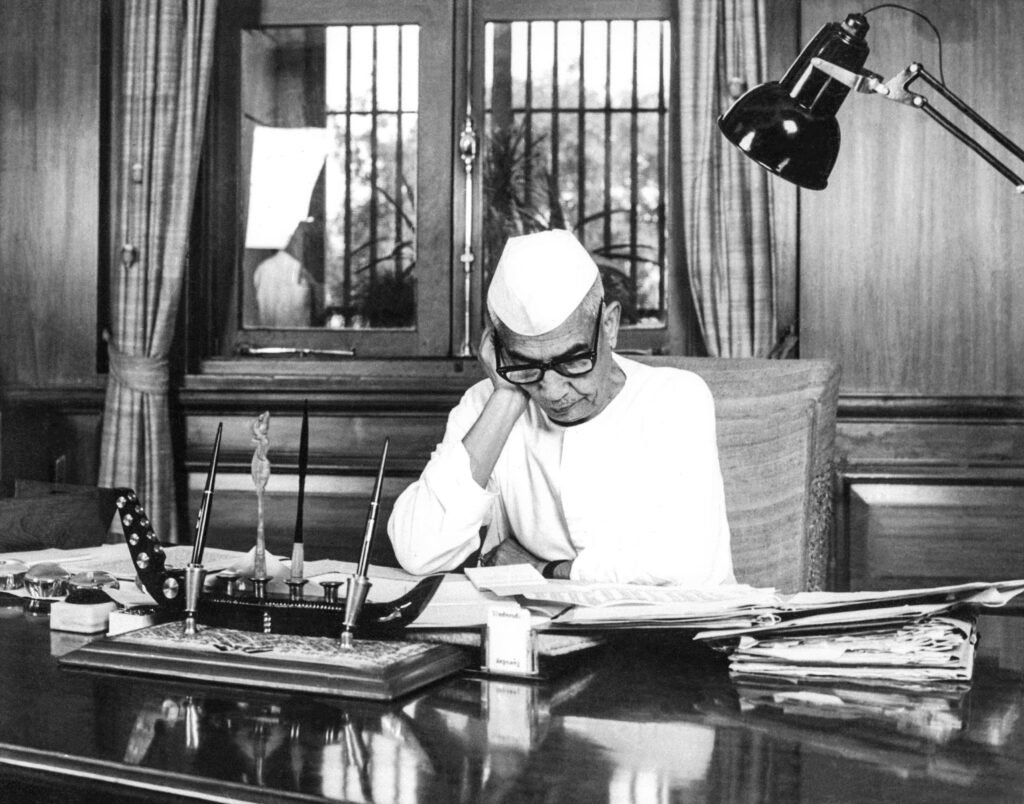1. Introduction to Indian Census
India, known for its vast population and rich cultural diversity, has a long-standing tradition of conducting systematic population censuses. The decennial Indian Census is a comprehensive exercise that provides invaluable data on various demographic parameters, including population size, religious composition, fertility rates, literacy levels, urbanization trends, and migration patterns. This data is crucial for formulating policies, planning development initiatives, and understanding the socio-economic fabric of the nation.
Table of Contents
The first comprehensive and synchronous census in India was conducted in 1881, laying the foundation for subsequent decadal censuses. Over the years, these censuses have evolved in scope and methodology, reflecting the changing dynamics of Indian society. This article delves into the demographic trends of India from 1881 to 2011, focusing on population growth, religious demographics, fertility rates, and the socio-political and economic factors influencing these patterns.

2. Total Population Growth in India (1881-2011)
India’s population trajectory has been shaped by a myriad of factors, including colonial policies, public health developments, economic reforms, and cultural practices. The following table presents India’s total population across various census years:
Total Population of India (1881-2011)
| Census Year | Total Population (in millions) | Growth Rate (%) |
|---|---|---|
| 1881 | 253.9 | – |
| 1891 | 287.2 | 13.1 |
| 1901 | 294.4 | 2.5 |
| 1911 | 313.5 | 6.5 |
| 1921 | 316.1 | 0.8 |
| 1931 | 350.5 | 10.9 |
| 1941 | 386.7 | 10.3 |
| 1951 | 361.1 | -6.6 |
| 1961 | 439.2 | 21.5 |
| 1971 | 548.2 | 24.8 |
| 1981 | 683.3 | 24.7 |
| 1991 | 846.3 | 23.9 |
| 2001 | 1028.6 | 21.5 |
| 2011 | 1210.9 | 17.6 |
Source: Census of India

Key Observations
- Colonial Era (1881-1941):
- The period witnessed modest population growth, primarily due to factors such as famines, epidemics (notably the Spanish Flu of 1918), and inadequate healthcare infrastructure. The census of 1881 marked the first synchronous census covering the entire British Indian territory, excluding certain regions. citeturn0search2
- The 1921 census recorded the lowest growth rate of 0.8%, attributed largely to the devastating impact of the Spanish Flu pandemic, which resulted in significant mortality. citeturn0search2
- Despite these challenges, the population increased from 253.9 million in 1881 to 386.7 million in 1941.
- Post-Independence Period (1951-1981):
- Post-independence, India experienced a population surge due to improvements in medical care, agricultural advancements (such as the Green Revolution), and economic policies aimed at development.
- The 1951 census showed a decline in population growth rate to -6.6%, a consequence of the Partition of India in 1947, which led to large-scale migrations and demographic shifts. citeturn0search2
- The population nearly doubled from 361.1 million in 1951 to 683.3 million in 1981, reflecting high birth rates coupled with declining mortality rates.
- Towards Stabilization (1991-2011):
- The growth rate began to decelerate, dropping from 23.9% in 1991 to 17.6% in 2011.
- Contributing factors included increased literacy rates, urbanization, effective family planning programs, and a decline in fertility rates.
- By 2011, the population stood at 1.21 billion, indicating a trend towards stabilization.
3. Religious Demographics in India (1881-2011)
Religion has been a defining element of India’s demographic landscape. The census has consistently collected data on religious affiliations since 1881, providing insights into the changing religious composition over time.
Religious Composition of India (1881-2011) (% of Total Population)
| Census Year | Hindus (%) | Muslims (%) | Christians (%) | Sikhs (%) | Buddhists (%) | Jains (%) | Others (%) |
|---|---|---|---|---|---|---|---|
| 1881 | 74.3 | 19.7 | 0.7 | 0.7 | 0.03 | 0.5 | 4.07 |
| 1901 | 70.4 | 21.9 | 1.0 | 0.7 | 0.03 | 0.5 | 5.47 |
| 1951 | 84.1 | 9.8 | 2.3 | 1.8 | 0.7 | 0.5 | 0.8 |
| 2001 | 80.5 | 13.4 | 2.3 | 1.9 | 0.8 | 0.4 | 0.7 |
| 2011 | 79.8 | 14.2 | 2.3 | 1.7 | 0.7 | 0.4 | 0.9 |
Source: Census of India

Key Observations
- Hindu Population:
- Hindus have remained the majority religious group throughout the period.
- The proportion of Hindus increased from 74.3% in 1881 to 84.1% in 1951, partly due to the territorial changes following Partition.
- Post-1951, there was a gradual decline to 79.8% in 2011, influenced by differential fertility rates and demographic transitions.
- Muslim Population:
- The Muslim population proportion decreased from 19.7% in 1881 to 9.8% in 1951, largely due to the creation of Pakistan during Partition.
- Between 1951 and 2011, there was an increase from 9.8% to 14.2%, attributed to higher
4. Fertility Trends and Their Impact on Population Growth (1881-2011)
Fertility rates are a crucial determinant of population growth, and India has witnessed significant changes in this aspect over time. The Total Fertility Rate (TFR) represents the average number of children a woman is expected to have during her reproductive years.
Total Fertility Rate (TFR) in India (1881-2011)
| Census Year | Total Fertility Rate (TFR) |
|---|---|
| 1881 | 6.0 – 6.5 |
| 1901 | 6.0 |
| 1951 | 5.9 |
| 1971 | 5.2 |
| 1991 | 3.6 |
| 2001 | 3.0 |
| 2011 | 2.3 |
Source: National Family Health Survey (NFHS), Census of India
Key Observations
- Pre-Independence Era (1881-1947):
- Fertility rates were consistently high due to limited contraception, early marriages, and high infant mortality.
- The mortality rate was also high due to inadequate healthcare, frequent famines, and poor hygiene.
- Post-Independence Period (1951-1991):
- TFR started declining due to improvements in healthcare, access to family planning, and awareness campaigns.
- The Family Planning Program launched in 1952 played a key role in reducing fertility rates.
- Recent Trends (2001-2011):
- By 2011, the fertility rate dropped to 2.3, indicating a move toward population stabilization.
- Southern states like Kerala and Tamil Nadu achieved replacement-level fertility earlier, while Bihar and Uttar Pradesh continued to have high fertility rates.
5. Urbanization and Population Distribution
Urbanization has significantly influenced India’s demographic landscape. Industrialization, economic opportunities, and better living conditions have driven rural-to-urban migration.
Urban Population Growth (1901-2011)
| Census Year | Urban Population (%) |
|---|---|
| 1901 | 10.8 |
| 1951 | 17.3 |
| 1981 | 23.3 |
| 2001 | 27.8 |
| 2011 | 31.2 |
Source: Census of India
Key Observations
- Urbanization increased sharply post liberalization in 1991, when economic reforms spurred job opportunities in cities.
- Maharashtra, Gujarat, and Tamil Nadu saw rapid urban expansion, while states like Bihar and Odisha remained largely rural.
6. Socio-Economic and Political Factors Affecting Demographics
Several socio-economic and political events have played a role in shaping India’s population trends.
Partition of India (1947)
- Led to the displacement of over 15 million people, affecting religious demographics.
- Large Muslim populations migrated to Pakistan, while Hindus and Sikhs moved to India.
Economic Reforms (1991)
- Increased employment opportunities in urban areas.
- Accelerated migration from rural to urban centers.
Government Initiatives and Policies
- National Population Policy (2000): Aimed at stabilizing the population by 2045.
- Ayushman Bharat and Other Healthcare Schemes: Helped improve life expectancy and reduce infant mortality.
7. Future Projections and Population Stabilization
India’s population is projected to stabilize around 2060, with fertility rates falling below the replacement level of 2.1. The upcoming Census 2021 will provide updated insights.
Projected Population Growth (2021-2061)
| Year | Estimated Population (in billions) |
|---|---|
| 2021 | 1.38 |
| 2031 | 1.50 |
| 2041 | 1.58 |
| 2051 | 1.60 |
| 2061 | 1.55 |
Source: United Nations Population Division
8. Conclusion
The Indian Census has provided invaluable insights into the country’s demographic evolution. Over the past 130 years, India has undergone tremendous changes in population size, religious composition, fertility trends, and urbanization. While challenges remain, continued investments in healthcare, education, and economic development will be crucial in ensuring sustainable population growth.
References:
- Census of India Reports (1881-2011) – censusindia.gov.in
- National Family Health Survey (NFHS) Reports – rchiips.org
- United Nations Population Division – population.un.org
- Economic Survey of India (Various Years) – indiabudget.gov.in
- World Bank Data on Population Trends – worldbank.org


